Through this small compilation work, a humble attempt has been made to establish a link of the various theories on the process of evolution as found in different systems of Yoga and especially Hathayoga, to their lineage to the olden Vaidika scriptures, thus lending perhaps a much needed validity. It is expected that this will throw some light on how various theories have been evolved and expanded with variegated Colours and shades in a long time of history. Different cults, systems and traditions have made use of different theories of creation to validate their own schools of thought. It is also noticed that a lot of freedom has been exercised without any reservation by the cult-heads to give voice to their experiences and system of practice. On the fringe side, such diversity in thought might break mental monotony. It may appear that it lacks sheer consistency and uniformity. But a serious insight will find that the same phenomenon can be presented in more than one way, perhaps to satiate different temperaments and levels of human intellectual capabilities. Practice makes all the difference. It is to be firmly borne in mind that all these theories have meaning only when one is serious in practice.
Traditional Theory of Evolution and its Application in Yoga
$27.00
$30.00
In stock
Free & Quick Delivery Worldwide
All orders amounting to US$ 50 or more qualify for Free Delivery Worldwide. For orders less than US$ 50, we offer Standard Delivery at $14 per book.
ABOUT THE AUTHOR Manmath M Gharote
Dr. Manmath M. Gharote born in 21-9-1966, M.Ed., (Phy), Ph.D., N.D. D.S.M., D.P.Th. (Sport), D.Y.Ed., D.Y.Th., D.S.J. Born and brought up in the Kaivalyadhama, Lonavala. Inspired by the personality and work of Swami Kuvalayananda, he selected “Contributions of Swami Kuvalayananda to thefield of yoga and Physical Education: as a topic of researchfor his Ph.D. workand obtained the first Ph.D. degree in Physical Education from the Mumbai University. Presently working in the field of Yoga and Physical Education.
reviews
0 in total
Review by Anonymous
Traditional Theory of Evolution and its Application in Yoga
Be the first to review “Traditional Theory of Evolution and its Application in Yoga” Cancel reply
You must be logged in to post a review.
Bibliographic information
Title
Traditional Theory of Evolution and its Application in Yoga
Author
Edition
1st ed.
Publisher
ISBN
8190161776
Length
xxxviii+238p., Appendix; Glossary; Bibliography; Index; 22cm.
Subjects
more by Manmath M Gharote see more
more by Parimal Devnath see more
more by Vijay Kant Jha see more
similar bookssee more
Feeling At Ease With YourSelf: Twelve Principles For A Healthy Body, Mind, Heart and Spirit
Always running to catch up! ...
$26.10
$29.00
The Cultural Heritage of India: Itihasas, Puranas, Dharma and other Sastras (Volume II)
The Cultural Heritage of ...
$60.30
$67.00

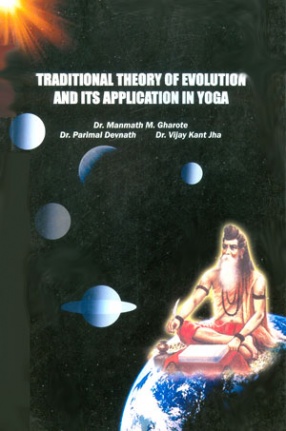

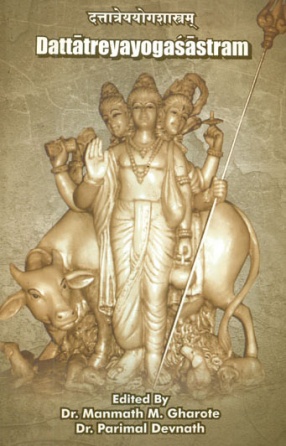
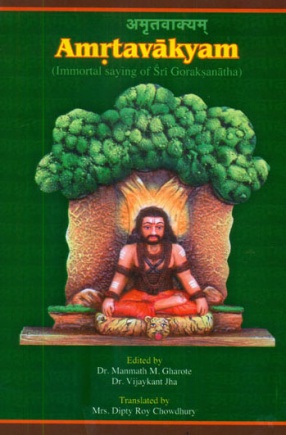
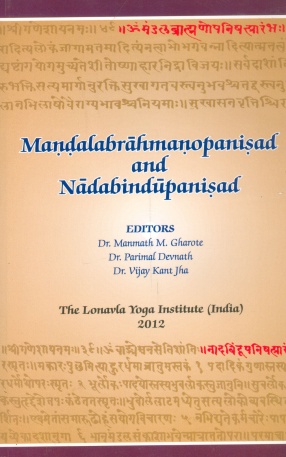
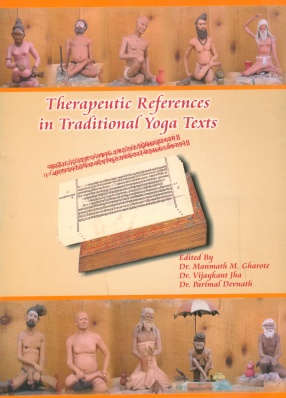


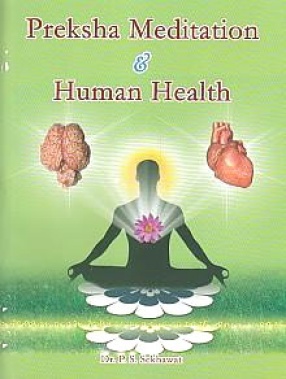
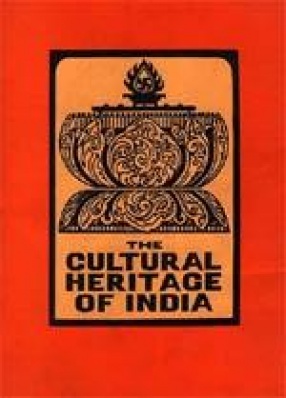
There are no reviews yet.